Iran's President Died in a 50-Year-Old American Helicopter
Iran's President Died in a 50-Year-Old American Helicopter
There were no survivors of the crash, according to Iranian state media.
Initially reported as a Russian Mi-17, the chopper was later identified by Iranian state media as a U.S.-made Bell 212, a refitted non-combat version of the UH-1N "Twin Huey." Despite its advanced age, the Bell 212 is still widely used around the world.
According to U.S. military training documents, the Bell 212 was developed for the Canadian military in the late 1960s and first used by Canada and the U.S. in 1971.
The Bell 212 is a versatile utility helicopter capable of carrying passengers, deploying aerial firefighting equipment, ferrying cargo and mounting weapons.
In the late 1970s, Mohammad Reza Pahlavi, the Shah of Iran, invested in creating a top-of-the-line fleet for Iran's Air Force (IRIAF), purchasing over 300 Bell 212s and 214s, alongside AH-1 Super Cobras and Chinooks. Those plans screeched to a halt during the Islamic Revolution in 1979.

Since then, Tehran has kept its aging fleet operational by reusing existing parts and receiving assistance from Russia and China.
Despite the challenges in acquiring parts and new aircraft, the IRIAF has managed to maintain a degree of operational readiness by overhauling and upgrading some of its surviving military aircraft.
The Washington Institute, a U.S. think tank, says accidents in the IRIAF are relatively high compared to other nations. Iran has experienced at least 13 aviation accidents and 14 fatalities reported over a five-year period.
In the hours following the crash of the chopper carrying Raisi, Iran's former foreign minister, Mohammad Javad Zarif, suggested to Iranian state TV that American sanctions indirectly contributed to the crash by preventing Iran from acquiring new aircraft
According to an interview cited by Iran International and ISNA News Agency, Zarif said that the crash that killed Raisi would be "recorded in the blacklist of American crimes against the Iranian nation."
Iranian authorities are prohibited from purchasing aircraft that contain more than 10% U.S.-made parts, according to the Washington Institute.
A 2024 report by Flight Global claimed that at least two Bell 212s and 24 Bell 214s were still operating in Iran. Iran's civilian airlines also operate some of the world's oldest aircraft, with an estimated average fleet age of over 25 years.
-----------------------------------------------------------------------------------------------------------------------------
The Iranian president’s death comes at a time of uncertainty as the Islamic Republic and Israel remain engaged in an escalating confrontation.
But if there was uncertainty caused by Raisi’s death, it was in its timing: during an escalating confrontation between Iran and Israel that has stoked alarm in the Middle East and beyond.
- The conflict, a hair-trigger affair set off by the war in Gaza, has manifested in rising violence on Lebanon’s southern border, in the Red Sea, and in Syria and Iraq.
1/3
Last month, direct fighting between Israel and Iran raised the level of anxiety. After Israeli strikes killed Iranian military commanders in Syria, Iran responded by firing a barrage of hundreds of munitions toward Israel.
Between the two regional rivals, “the old rules of the game are out. And the new rules are not fully established,” said Ali Vaez, director of the Iran project and a senior adviser at the International Crisis Group, during a panel discussion in Qatar on Monday.
Raisi’s death had added “uncertainty to the ambiguity that existed between Iran and Israel, which increases the risks of miscalculation,” he said.
Raisi, a hard-liner and loyalist of the supreme leader, died in a helicopter crash in Iran’s East Azerbaijan province, along with Foreign Minister Hossein Amir-Abdollahian and other officials, Iranian state media announced Monday. Raisi was traveling to the city of Tabriz in northwestern Iran on Sunday after attending the opening of a dam along the border with Azerbaijan when his helicopter crashed.
Photographs from the scene Sunday showed dense fog in the mountainous terrain. Iran has not officially confirmed the cause of the crash. But state media referred to it as a technical failure.
Mohammad Mokhber, Raisi’s first vice president, was named as interim president until elections could be held for a new president within 50 days, state media said.
- Iran’s cabinet also appointed Ali Bagheri Kani, previously the top nuclear negotiator, as the country’s acting foreign minister.
As condolences poured in Monday from Iran’s allies and neighbors, including Russia, China and India, the Palestinian militant group Hamas thanked Iran for its support in the war with Israel.
- Iran’s late president and foreign minister had “made significant political and diplomatic efforts to stop the [Israeli] aggression against our Palestinian people,” Hamas said in a statement.
- Over the last seven months, Iranian-backed armed groups around the Middle East have carried out attacks they have framed as retaliation against Israel for its deadly offensive in Gaza, or against the United States, Israel’s main international ally.
After Raisi’s death, the fear was that Iran’s “adversaries in the region might see an opportunity, and might push the envelope,” Vaez said.
That concern — that Israel or others might use Raisi’s death as an opportunity to orchestrate attacks on Iran — could lead to a “sense of vulnerability” in the country, said Hamidreza Azizi, a visiting fellow at the German Institute for International and Security Affairs. The fallout would be at home, he said.
“Domestically, repression is going to increase,” he said. In the 50-day period leading to new elections, there would likely be “stricter control of social and political activities in the country. More securitized governing.”
A journalist in Tehran said Monday that she was contacted by an intelligence official after posting a story about Raisi’s death on Instagram. The journalist, who spoke on the condition of anonymity for fear of reprisal, said the official took issue with the headline, which said that Raisi had been killed, rather than “martyred,” the term state media used when referring to his death.
When she asked if she was being forced to removed the post, the intelligence official responded that he didn’t want “anything bad” to happen to her or a potential legal case being opened on her social media activity.
Whatever the domestic fallout from the crash, there was little sign that Iran’s regional posture — its confrontation with Israel, its focus on improving relations with Arab neighbors — would change.
- Those policies were set by the supreme leader and carried out by the Islamic Revolutionary Guard Corps, or IRGC, said Azizi.
- The role of the executive — the president, and the cabinet — had been “reduced to implementer, to executor of state decisions,” he said.
“There is going to be a period of ambiguity, until the next president is known.”
- But Azizi suggested the speculation over names amounted to tea-leaf reading.
There was also the question of how the state would confront Raisi’s legacy, which included a brutal crackdown on an anti-government uprising that began in the fall of 2022, and widespread voter apathy, including from loyalists of the government — as yet another election, for Raisi’s successor, approached.
- That did not mean the electoral process would suddenly be opened to more moderate figures.
- “More and more, the government is inclined to use iron fist tactics,” he said, adding that the post-Raisi era would likely see jostling among hard line political factions for influence.
“When I heard that there were no survivors, I immediately thought about the political ramifications of this,” said Amir, a 33-year-old Isfahan resident, saying one of his main concerns was who would replace Khamenei. He spoke on the condition his first name be used for safety reasons. He hoped the next supreme leader would usher in a revitalization campaign similar to that of Saudi Arabia that would bring in drastic societal change.
----------------------------------------------------------------------------------------------------------------------------

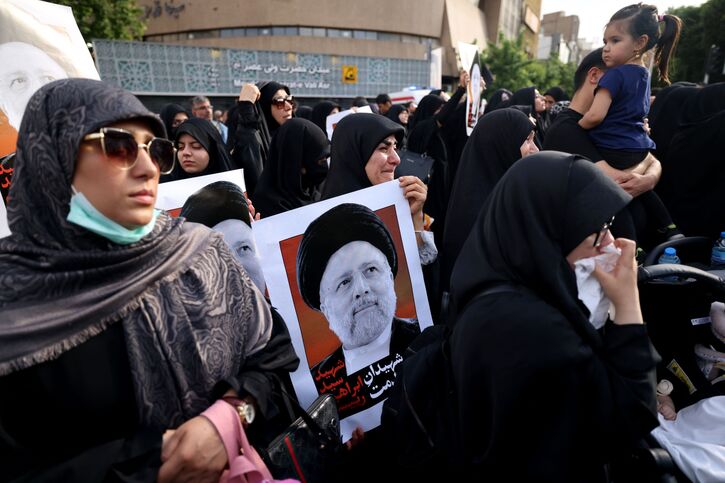


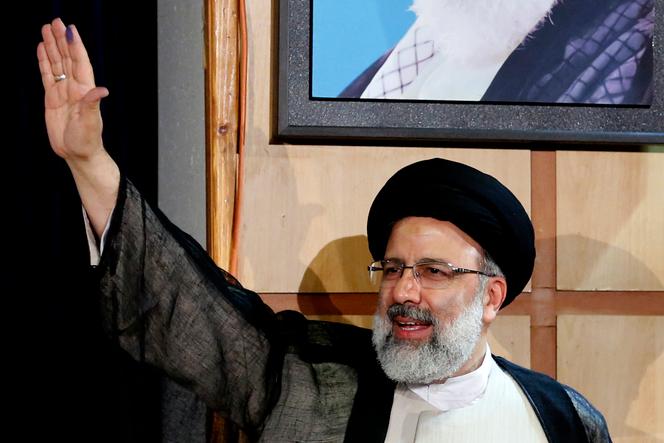


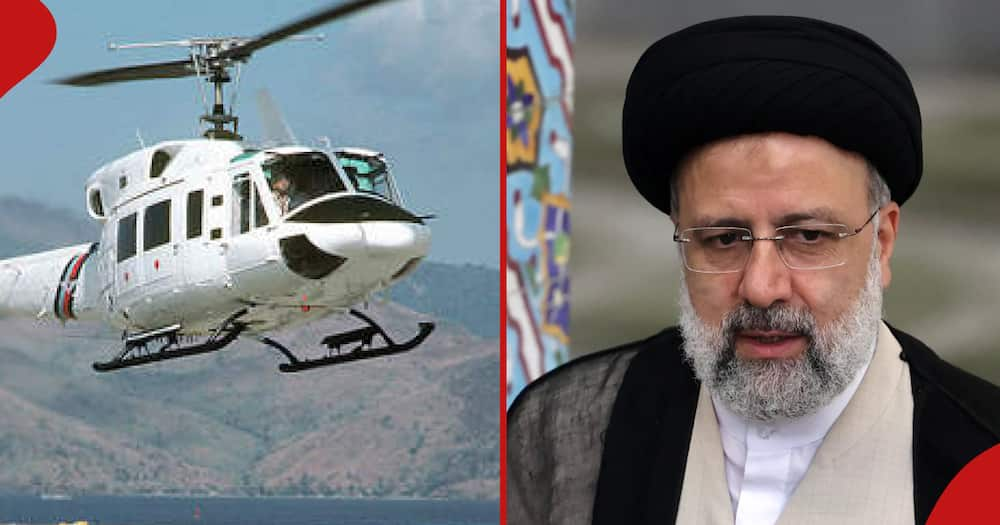


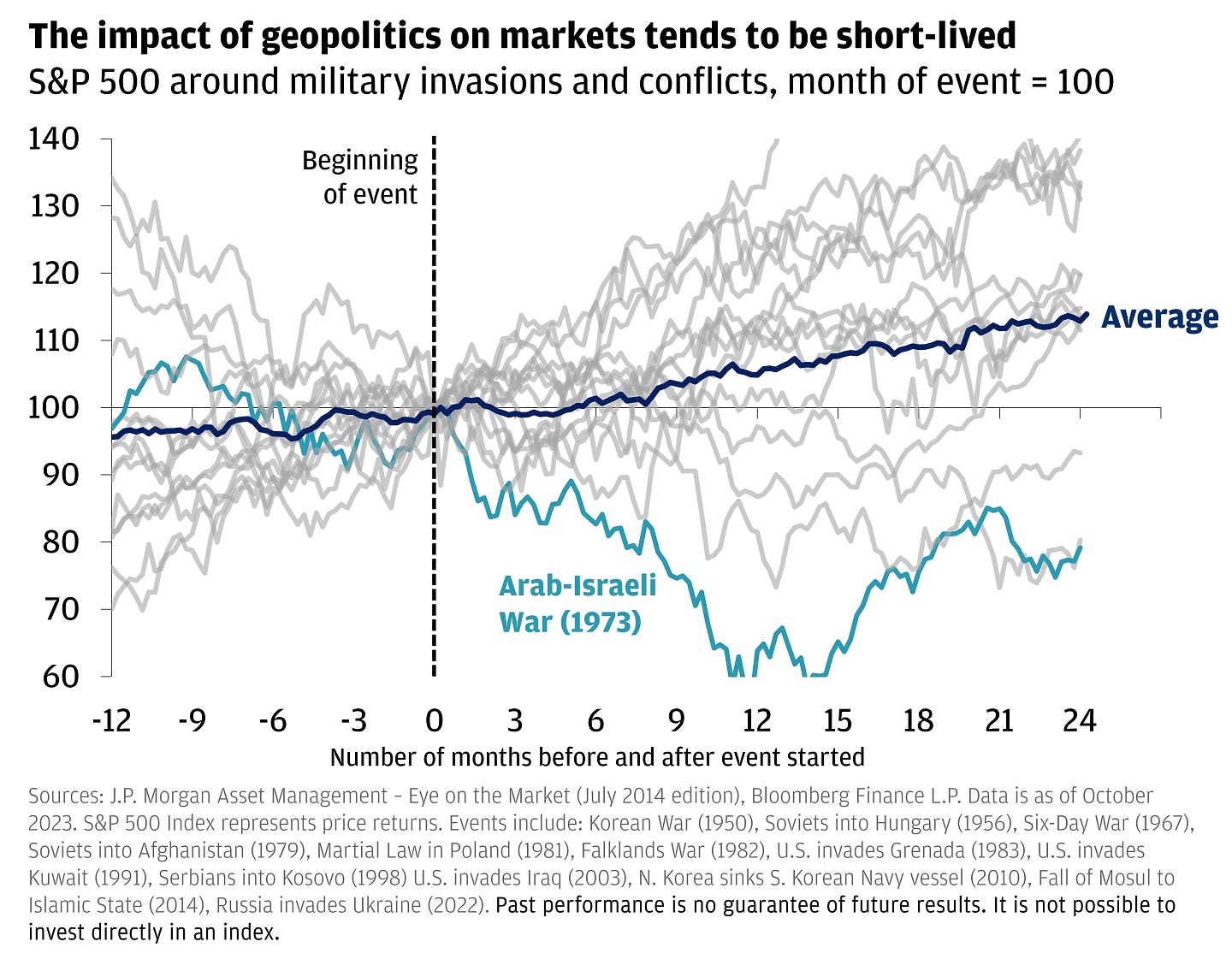

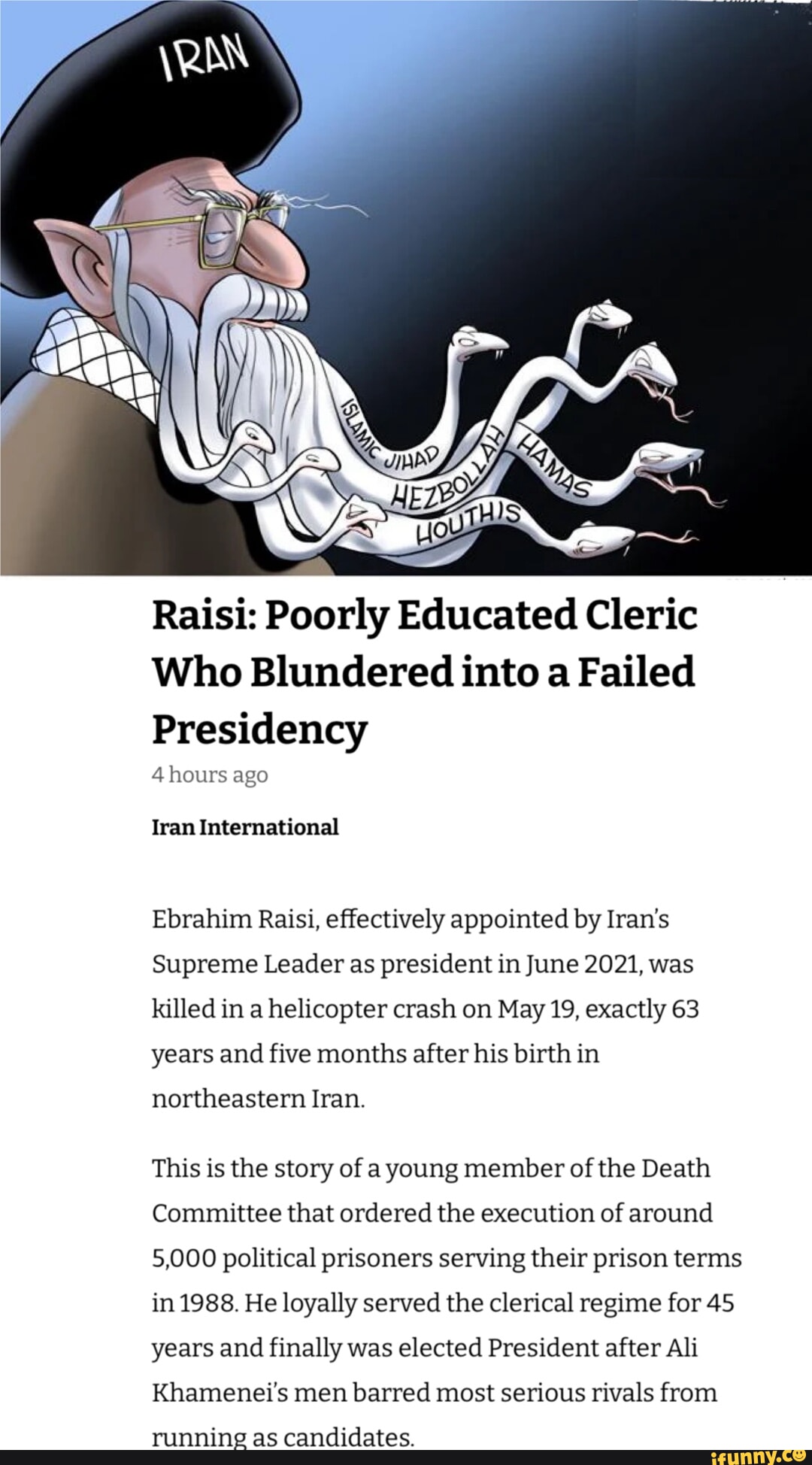

.jpg)
No comments:
Post a Comment